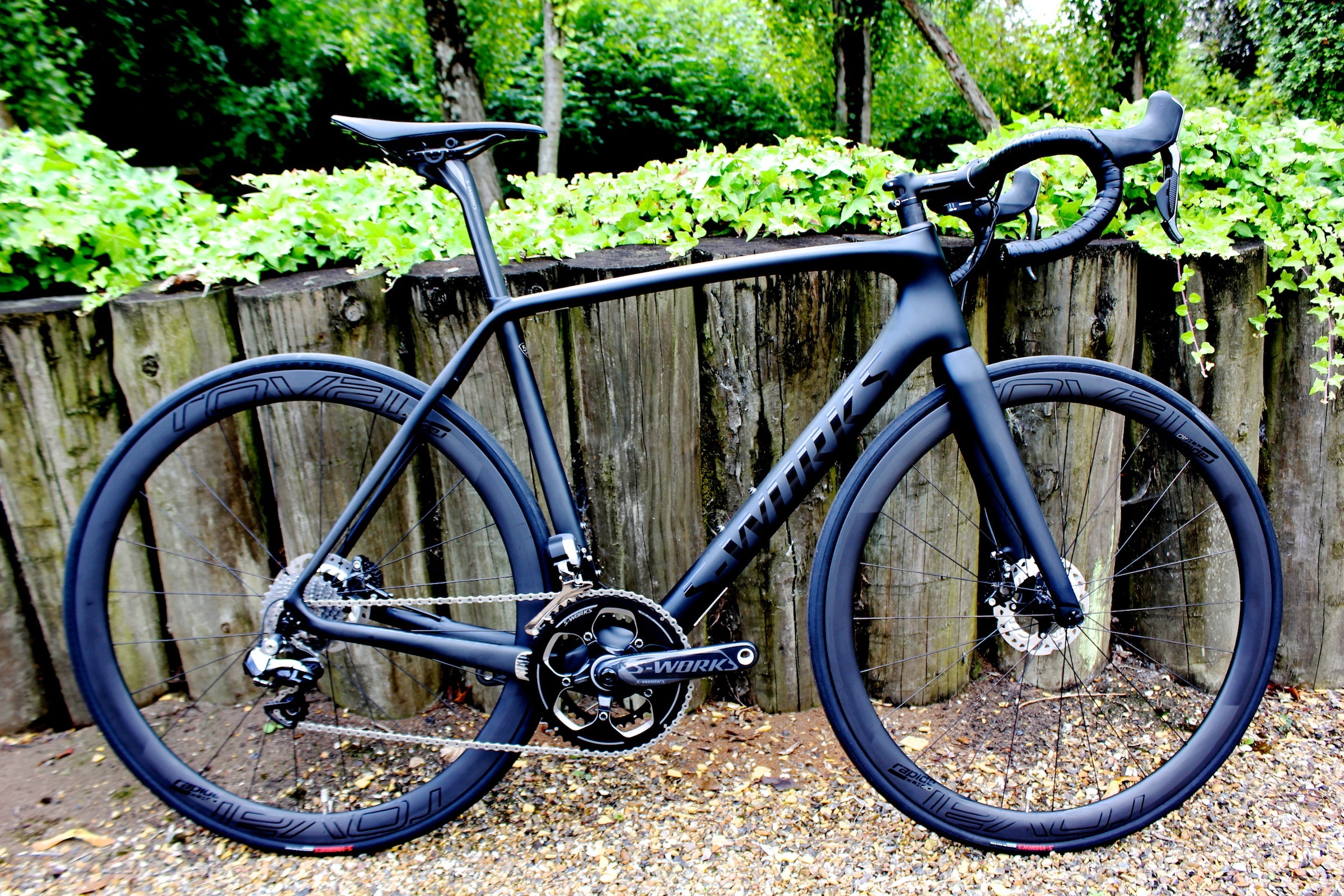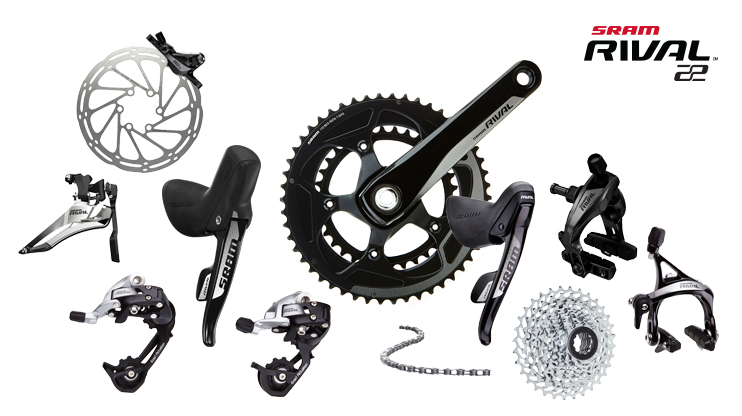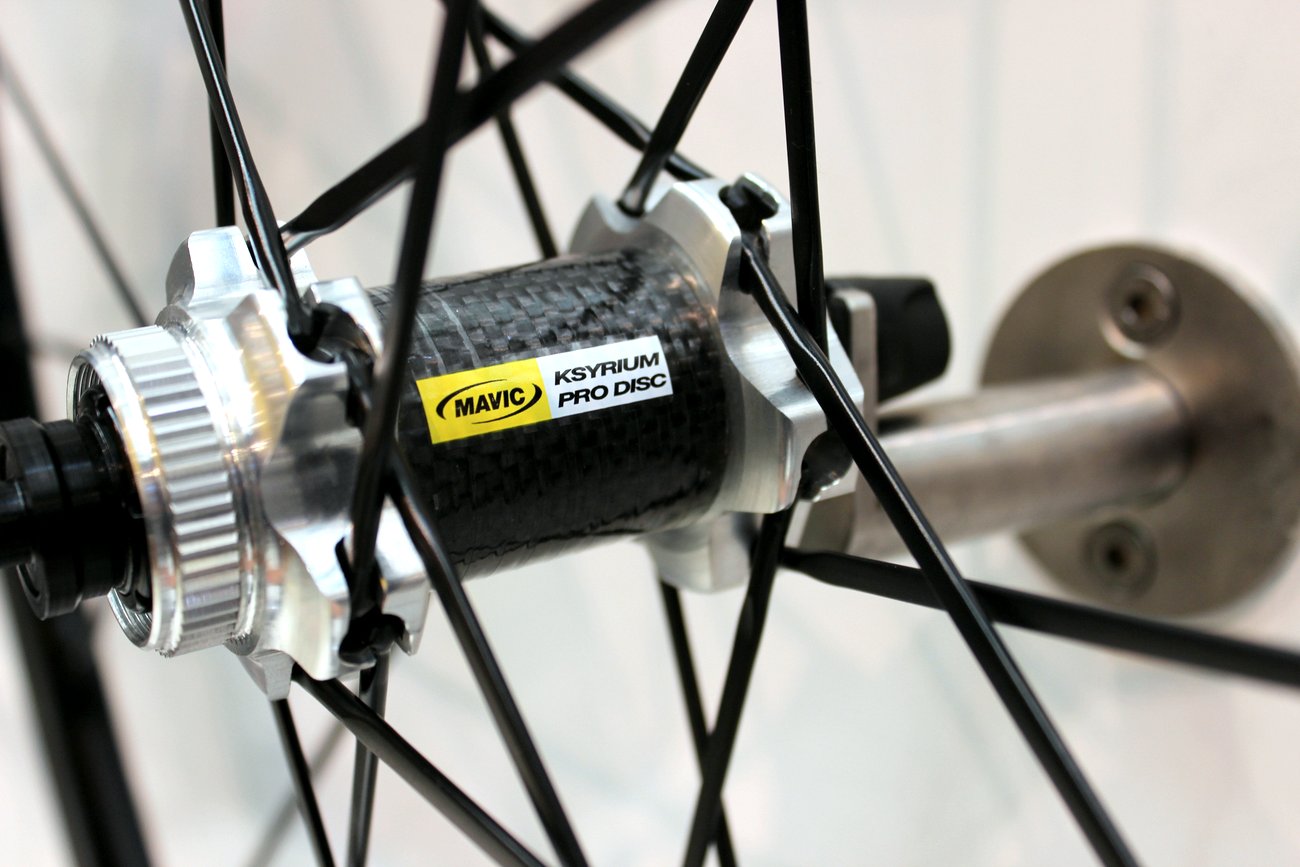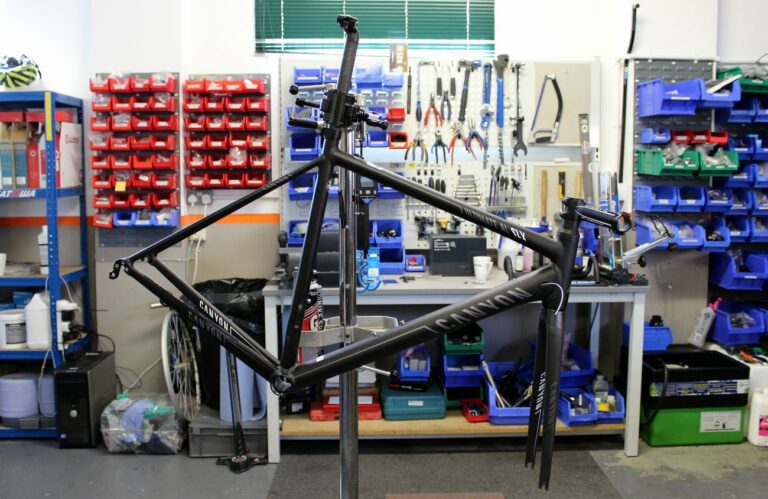You used to get music on discs, now you just brake with them...
-

The times they are a changin' (Pic: Irmo Keizer/Shimano)
-

Specialized are among the manufacturers to offer a wide range of disc-equipped bikes
-

SRAM offer disc brakes as an option on three mechanical groupsets: Red 22, Force 22 and Rival 22
-

A hydraulic system should require very little maintenance other than occasional bleeding
-

As the number of disc-ready road bikes has increased, so has the range of aftermarket wheels
You used to get music on discs, now you just brake with them...
There are inevitabilities in life – death and taxes are two, to paraphrase Thomas Jefferson – and one of those definitives in the road bike world is that disc brakes are here to stay.
Purists may not like it, and the debate as to whether they’re needed will rage on, but the cycling world has recognised that there is a place for discs on road bikes and many riders will embrace them.
That’s not to say that discs will take over. Road bikes will continue to have rim brakes for a number of reasons, largely because the truth is that neither system is universally better than the other. Tradition, practicality and ease of maintenance are all pluses for the rim brake, whereas decreased rim wear, better modulation and all-weather performance, and very low maintenance are all points in favour of discs.
The number of disc-equipped road bikes has increased substantially over the past 18 months, with the majority of manufacturers now offering at least one model, and that number is only set to grow with the UCI on the verge of permitting the use of disc brakes in road racing.
If you’re thinking of making the move to disc brakes, there are a few things to know about the bikes and their construction, so here’s a guide about what you need to consider before you take the plunge.





